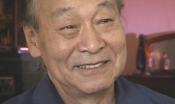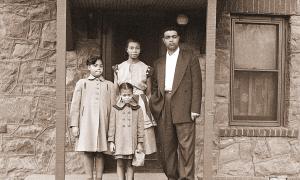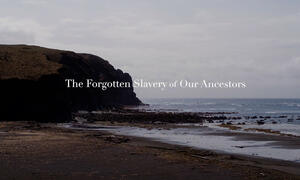author
Willis Hawley
Willis D. Hawley is a professor of education and public affairs at the University of Maryland, where he served as dean of the College of Education from 1993 to 1998. He has taught at Yale and Duke, and is former dean of the Peabody College of Education at Vanderbilt. Hawley has published numerous books, articles and book chapters dealing with teacher education, school reform, urban politics, political learning, organizational change, school desegregation and educational policy. His most recent research deals with the professional development of teachers, the education of teachers (in the


